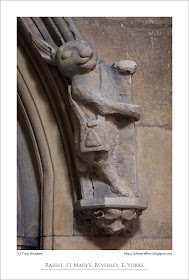 click photo to enlarge
click photo to enlargeSince my translocation from a coastal area with a conurbation to a rural area with fields and villages I've found it harder to simplify my photographs. Perhaps it's because in my present setting I see fewer opportunities for images that emphasise these qualities. Yes there are uniform areas of grass and sky, but there is little open water or sea, no expanses of beach, large buildings with plain walls are few as are expanses of concrete and tarmac. So, simple backdrops are harder to find. And, the range of subjects that I could call upon in the vicinityof my former home was wider. Consequently, as I go about my photographic business I'm constantly on the look out for any image that exhibits the simple force of just two or three elements. Sometimes I find it by going in close either by physical proximity or using a zoom lens. But opportunities for wider shots that feature this quality are harder to find and see.
However, the other day as we walked across the field of winter wheat around which is the village of Tetford on the Lincolnshire Wolds, one of these simple images presented itself to me. My wife was walking ahead, bum-bag bouncing, map in hand, as we came towards the end of a long morning walk. As she strode along the uniform greenness of the wheat, the long and sinuous path, and her figure suggested a shot. So, I stepped to the side to make the line of the foorpath fill the right of the frame, placed my wife on the left, and took a couple of photographs. This is best one.
For more thoughts on simplifying photographic compositions see here, here, and here. Examples are spread throughout (mainly) the years 2005-2007 of the blog!
photograph and text (c) T. Boughen
Camera: Canon
Mode: Aperture Priority
Focal Length: 271mm
F No: f8
Shutter Speed: 1/320
ISO: 320
Exposure Compensation: 0 EV
Image Stabilisation: On



























